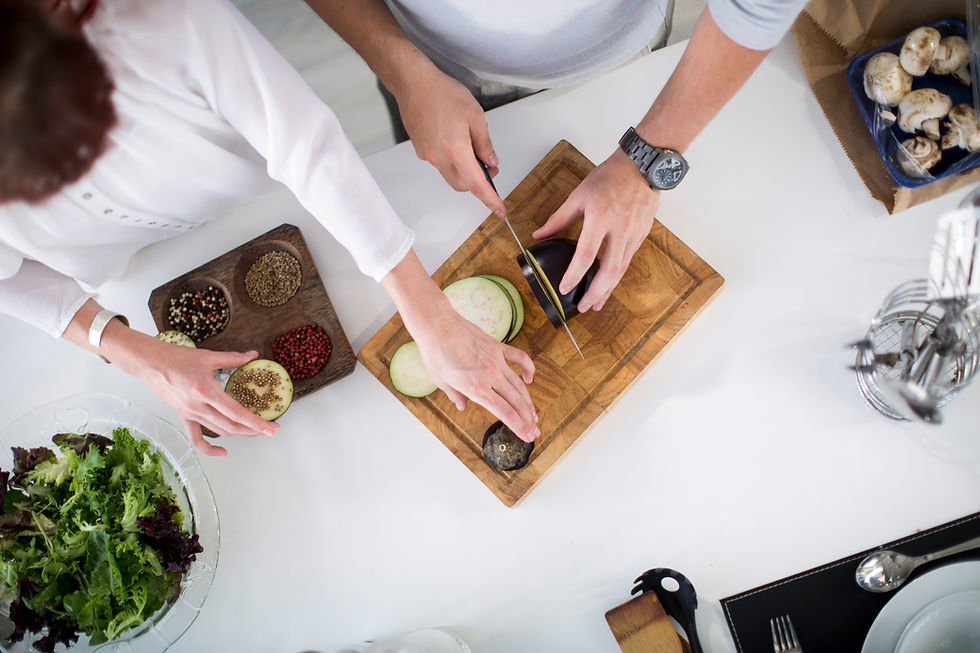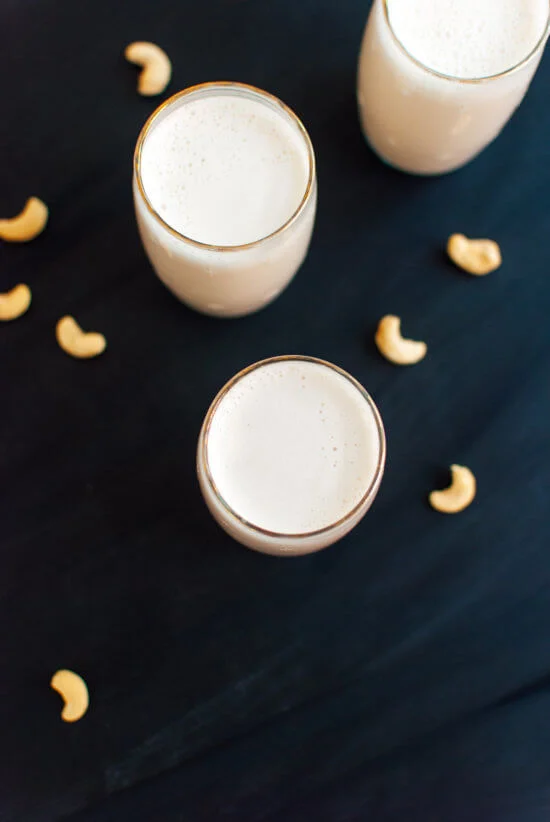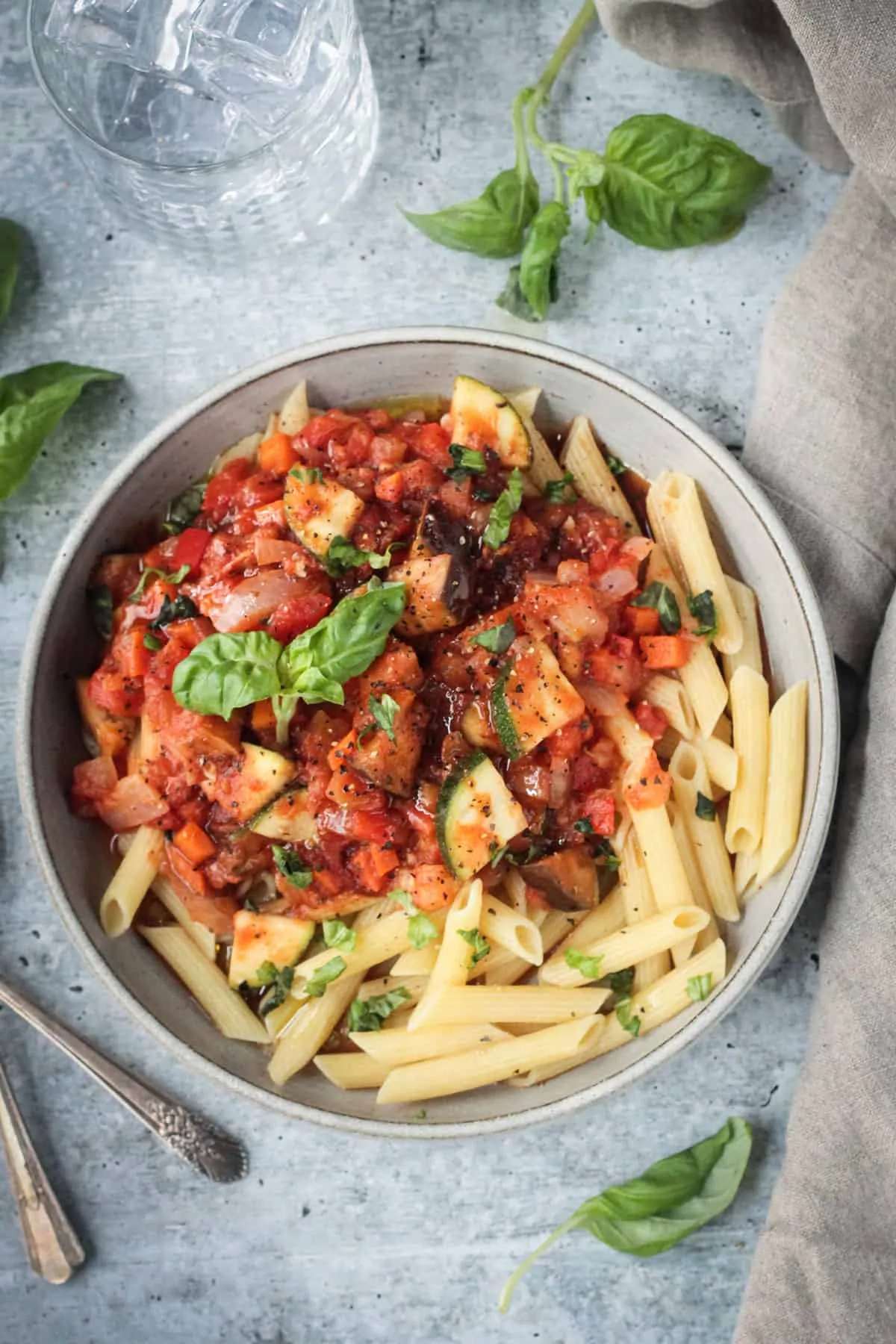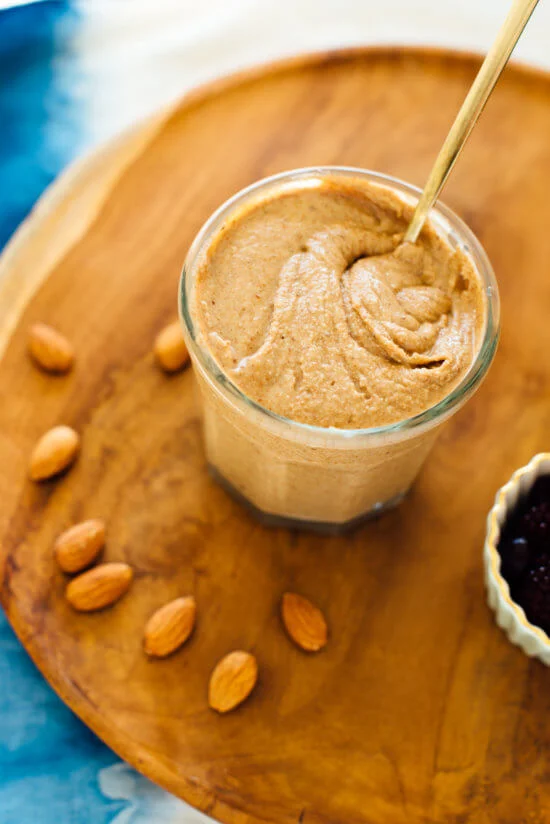Our Favorite Non-Perishable Pantry Essentials and What to Do with Them
- Abigail Taft, MS, RDN
- May 19, 2020
- 3 min read
Updated: Jun 26, 2020
So you stocked up on canned, frozen and non-perishable everything, now what? Pandemic or not, we love having our pantry stocked with essentials to whip up quick, nutrient-dense and cost-effective meals. Even better if that list of pantry essentials are non-perishables or frozen food that will last for months and pack in tons of nutrition at a much lower price point than fresh alternatives. We've all had those moments when you're crazy busy, absolutely starving and haven't been to the grocery store in days (maybe weeks?) and dinner becomes a pantry medley of pretzels, crackers and cheerios. While that may sound appealing, this article will give you the ideas and resources to give the 'pantry special' a little nutrition upgrade and how to maximize every dollar spent on food and every trip to the grocery store.
We've put together a list of resources to save you time and money and minimize trips to the grocery store - what fresh produce has the longest shelf-life, storage tips to prolong shelf-life, what to do with fresh food when it's about to go bad, our favorite non-perishable pantry essentials and simple recipes using non-perishables, canned or frozen whole foods. We'll also share some of our favorite frozen food brands and food delivery options.
Produce with a Long Shelf-Life
Carrots
Sweet Potatoes
Onions
Apples
Oranges
Garlic
Cabbage
Squash
Beets
Brussels Sprouts
Broccoli
Cauliflower
Storage Tips to Prolong Shelf-life
Storing fresh produce in the fridge will prolong shelf-life. For example, once avocados start to get ripe, I put them in the fridge and they stay perfectly ripe for several days vs. the tiny window of perfect ripeness when they're out on your counter. The same goes for bananas and almost all fresh produce.
Whenever something is starting to go bad, I put it in the freezer (bananas, spinach, protein, any fruit and veg for smoothies or stir-fry, tortillas, breads) - literally everything!
Cook it! Roast up any veggies or protein that are about go to bad and keep them to use as leftovers. They'll stay another few days after they've been cooked.
To keep leafy greens from getting soggy, cover them with paper towels to help absorb moisture. This works particularly well when they're in the plastic containers. Just place 1 paper towel on top of the greens to catch the moisture from the lid.
Our Favorite Non-Perishable Pantry Essentials
Canned or Dried Beans
Dried Lentils
Canned Salmon & Tuna (Favorite brands: Wild planet, Vital Choice, Safe Catch, Tonnino)
Plain Oats
Tahini
Frozen Bone Broth
Canned or Dried Chickpeas
Canned Tomatoes
Chickpea/Lentil Pasta (Favorite brands: Banza, Tolerant Foods, Ancient Harvest)
Qunioa
Frozen Fruits & Vegetables
Frozen Animal Protein (You can buy pre-frozen or purchase fresh and freeze on your own)
Dates
Oils & Vinegar for homemade salad dressing: for more on this, check out this article I wrote on homemade and store-bought dressings!
Full-fat Canned Coconut Milk
Spices & Condiments for flavor: truffle salt, hot sauce, coconut aminos, marinara sauce, miso paste, no sugar added bbq & ketchup

Our Favorite Frozen Food Brands and Food Delivery/Online Grocers:
Daily Harvest: All plant-based, organic, one-step prep frozen smoothies, veggie bowls, oat/chia bowls, soups, bites. I LOVE this company. You can use discount code “ABBY” for $25 off your first order.
Thrive Market: Think of this as an online Whole Foods with natural and organic food products at reduced costs. They have tons of my favorite non-perishable brands (condiments, bars, nuts, nut butters, chips, crackers). They also sell wine and frozen meat & seafood.
Amy's Frozen Meals: tons of good organic frozen and canned foods. You can find in most grocery stores.
Simple Recipe Ideas to Get You Started Using Non-Perishables, Canned or Frozen Whole Foods!
*Some of these are not my original recipes and I link directly to the source. Enjoy!
Breakfast
Overnight Oats (Collagen optional. I like to top with frozen berries and/or nut butter)
Chia Seed Pudding (I like to top with frozen berries and/or nut butter)
Homemade Cashew Milk (my favorite milk for coffee - I just use cashews + water for mine)
Lunch/Dinner
Snacks
















































Comments